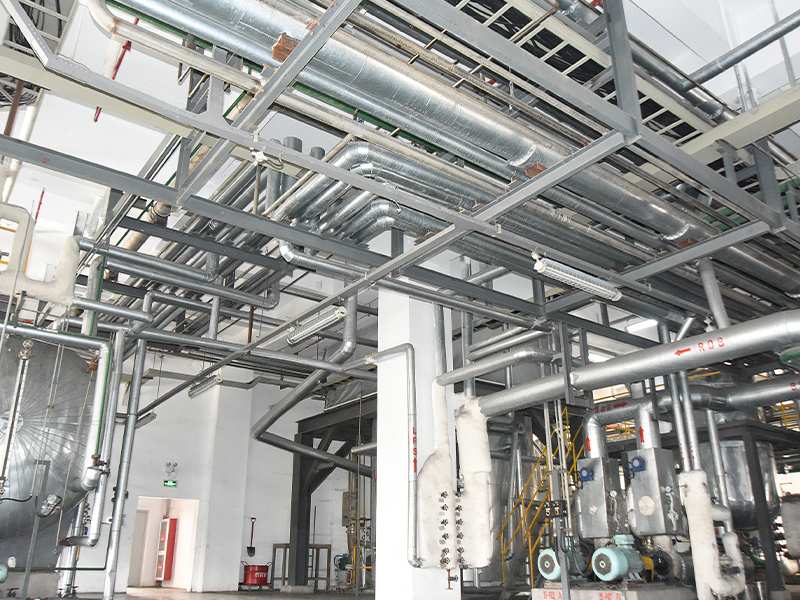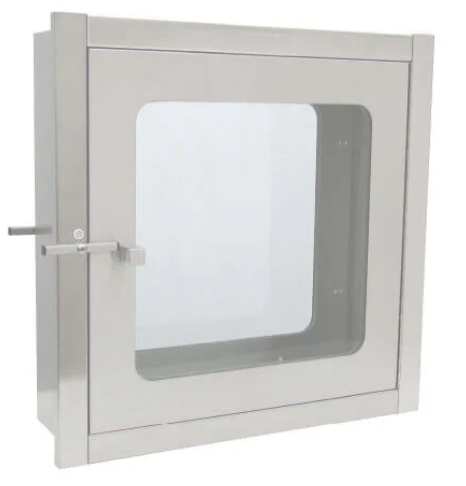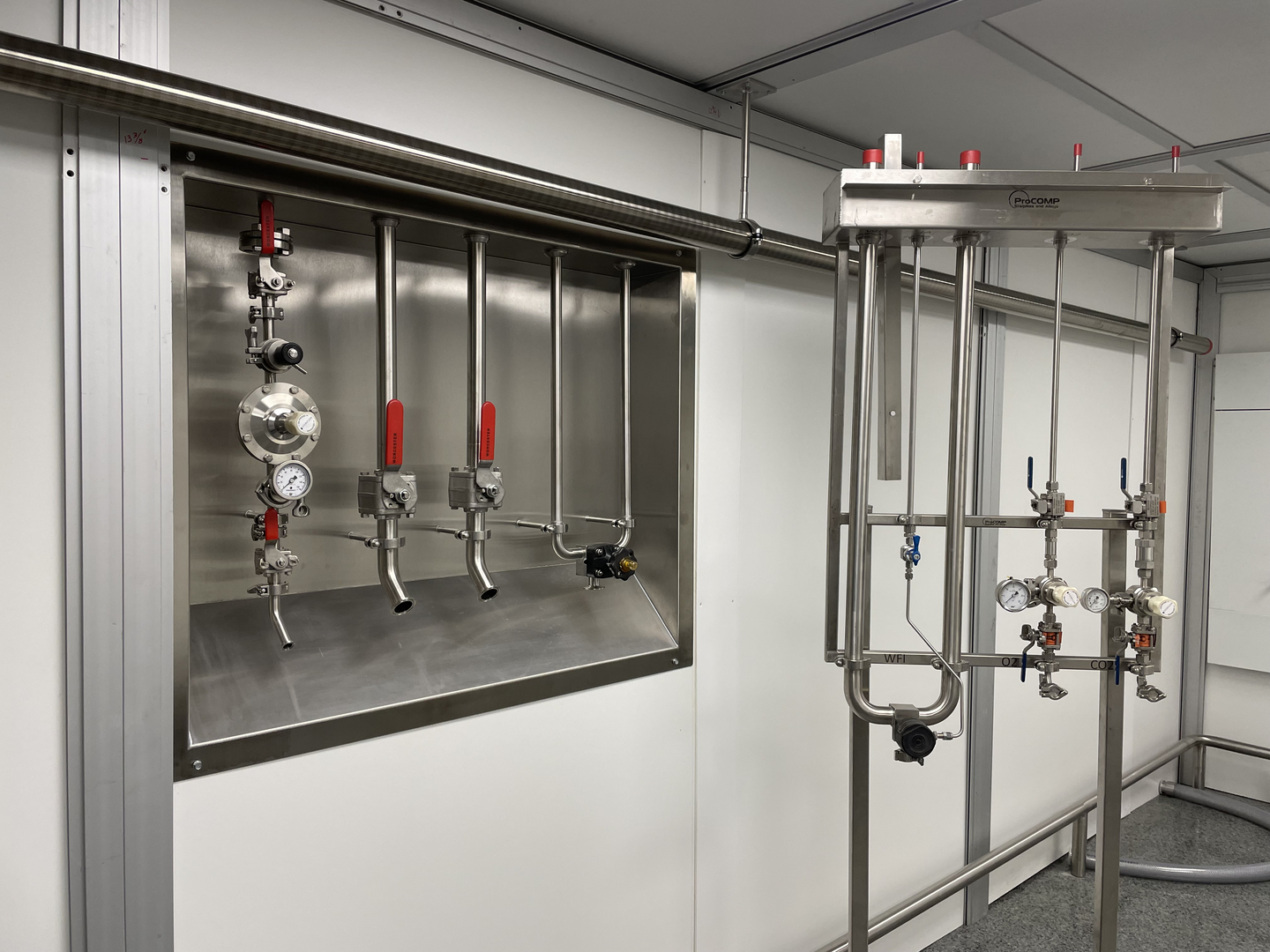Flame-retardant paper honeycomb, aluminum honeycomb, and rock wool are used as core materials in cleanroom doors because they offer a combination of essential properties such as strength, fire resistance, insulation, and smoothness, which are crucial for maintaining a controlled and sterile environment. Here’s why these materials are specifically chosen:
Strength and Structural Support
Honeycomb Structure (Paper and Aluminum): Both flame-retardant paper honeycomb and aluminum honeycomb have a unique hexagonal structure, which provides excellent strength-to-weight ratio. This lightweight yet strong core enhances the structural integrity of the cleanroom door without making it too heavy, allowing for easier installation and operation.
Rock Wool: Known for its rigidity, rock wool adds structural stability to the door, making it more durable and resistant to mechanical damage. It is especially useful in environments where the doors may be subject to frequent opening and closing.
Fire Resistance
Flame-Retardant Properties: Both flame-retardant paper honeycomb and rock wool are specifically designed to resist combustion. This feature is crucial in cleanroom environments where fire safety is a major concern, especially in industries like pharmaceuticals and electronics.
Aluminum Honeycomb: Aluminum is non-combustible, providing a high level of fire resistance. Its use in the core of cleanroom doors further enhances the door’s ability to withstand high temperatures without losing structural integrity.
Lightweight and Easy Installation
Honeycomb Cores: The lightweight nature of honeycomb structures (both paper and aluminum) makes the doors easy to install and operate. This is particularly important in cleanroom settings where frequent access is required, and doors need to open and close smoothly without causing any disruption to the controlled environment.
Reduced Stress on Door Frames: Since these materials are lightweight, they reduce stress on the door frame and hinges, prolonging the lifespan of the cleanroom door and making it easier to maintain over time.
Thermal and Acoustic Insulation
Rock Wool: Rock wool is known for its excellent thermal and acoustic insulation properties. In cleanroom environments where maintaining a stable temperature and reducing noise are important, rock wool helps insulate the room effectively, keeping the environment controlled.
Honeycomb Core Insulation: While less effective than rock wool, the honeycomb structure in paper and aluminum also offers some insulation, helping maintain the cleanroom’s internal environment by limiting heat transfer and dampening sound.

Smoothness and Aesthetic
Flat Surface Finish: The use of these core materials, particularly honeycomb structures, allows for a smooth and even surface on the door. This smoothness is essential in cleanroom environments, where surfaces need to be free from imperfections to prevent dust accumulation and facilitate easy cleaning.
Aesthetic Design: These materials also contribute to the overall aesthetic and sleek appearance of the cleanroom doors, which is important in industries like pharmaceuticals and cosmetics, where cleanliness and presentation matter.
Compatibility with Door Materials
Adaptability: Flame-retardant paper honeycomb, aluminum honeycomb, and rock wool are highly compatible with various cleanroom door materials, including stainless steel, aluminum, and melamine resin plates. This ensures that the doors maintain their integrity while offering the desired features like smoothness, strength, and easy cleaning.
Flame-retardant paper honeycomb, aluminum honeycomb, and rock wool are used as core materials in cleanroom doors because they provide a balance of strength, fire resistance, lightweight construction, thermal and acoustic insulation, and smooth surface properties. These materials are essential for ensuring that cleanroom doors can meet the rigorous standards required for sterile, controlled environments across various industries like pharmaceuticals, electronics, and food processing.

 English
English русский
русский Español
Español





